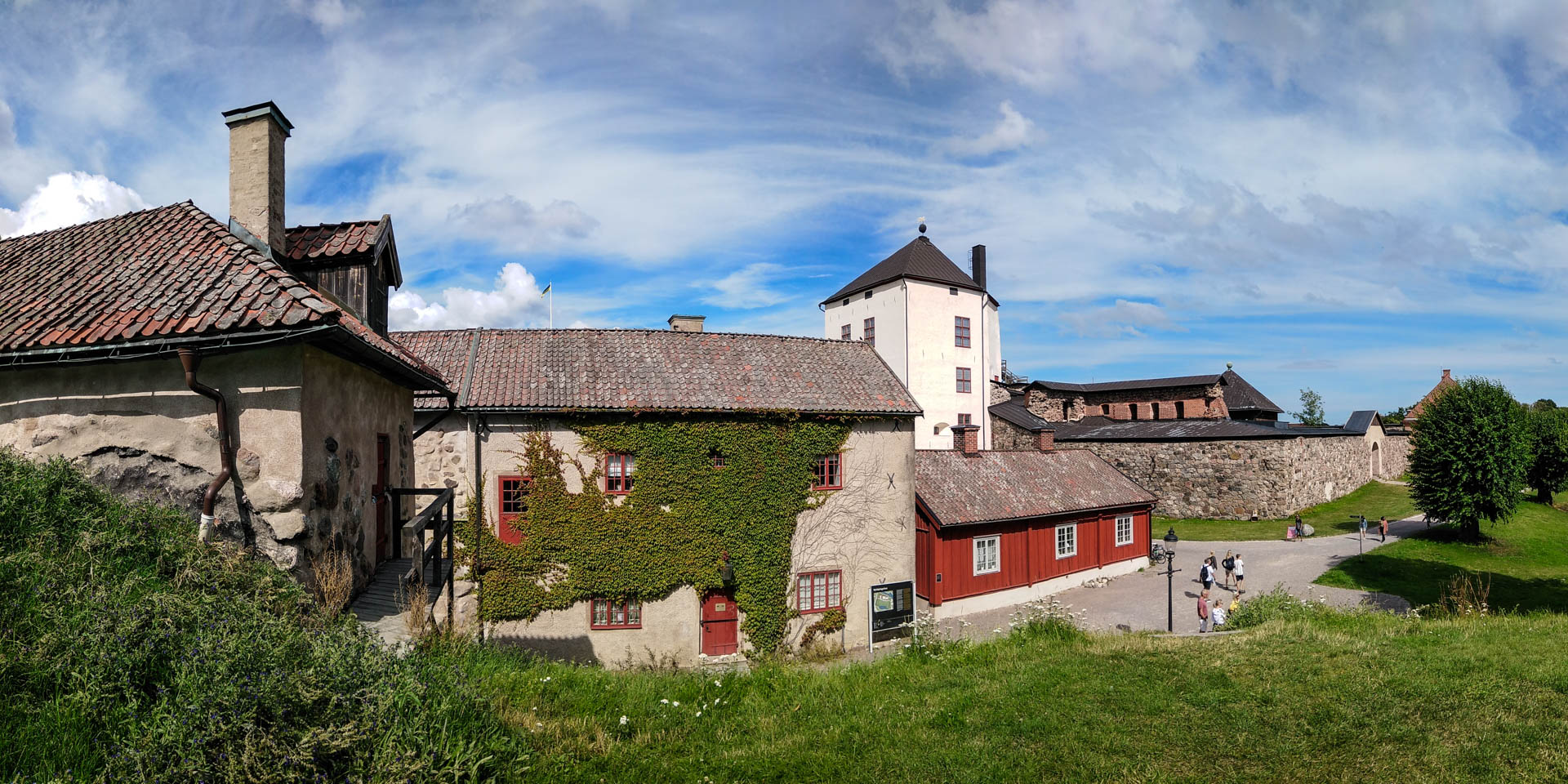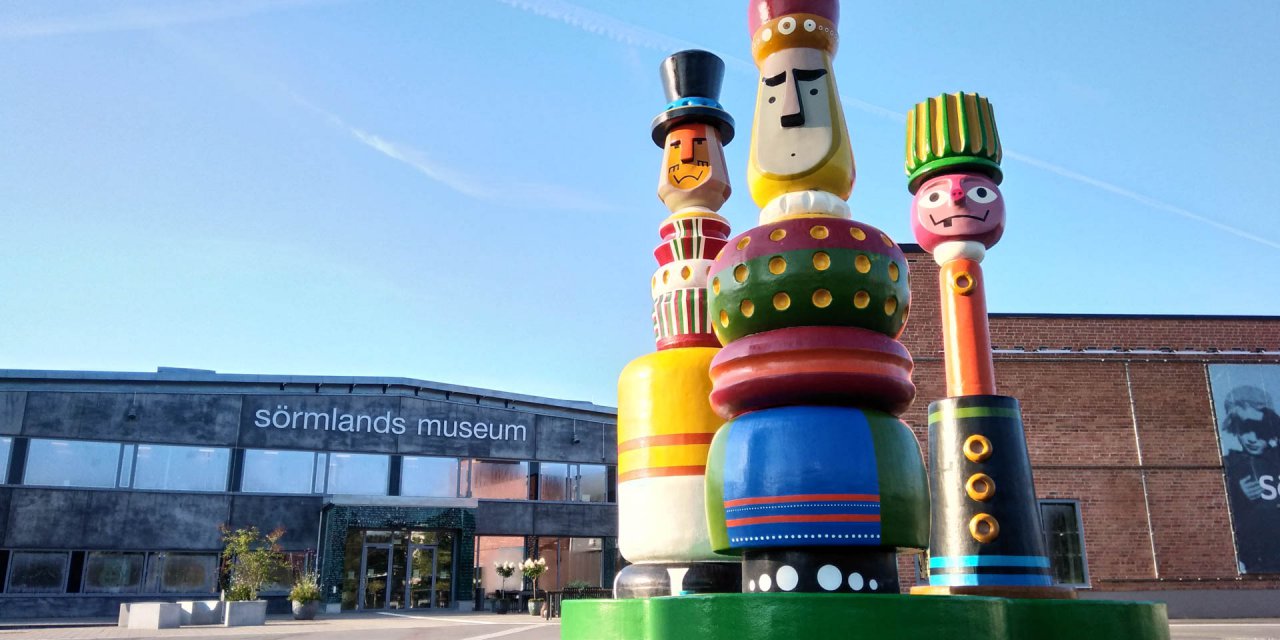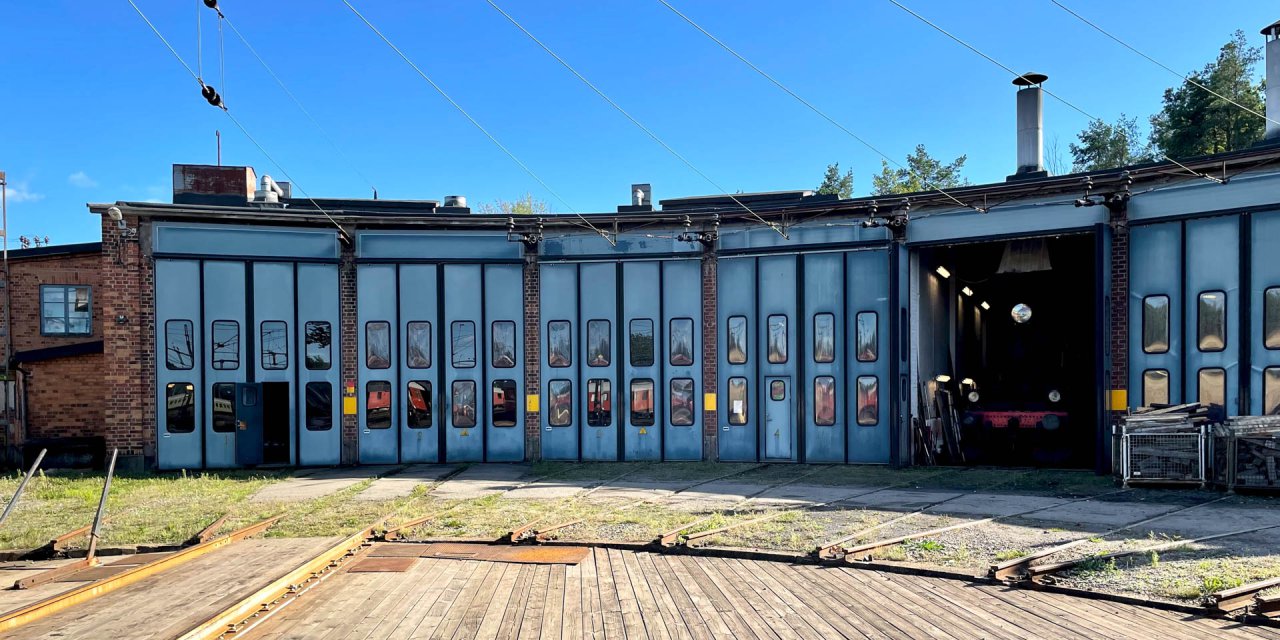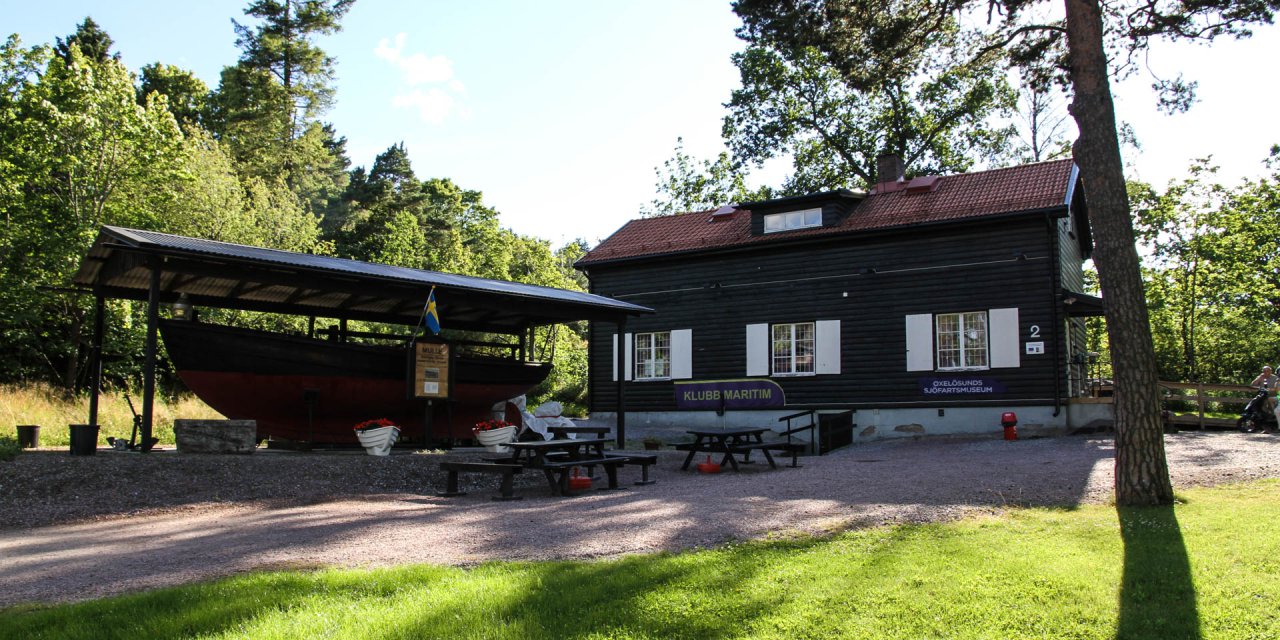

Nyköpingshus & Kungstornet
Museum & castle ruin in Nyköping
Nyköpingshus & Kungstornet, the mighty King's Tower and the ruins of the former royal castle Nyköpingshus on the edge of the city center of Nyköping are home to a museum that tells the exciting story of the castle and its important role in Swedish history.
Three large permanent exhibitions from the nearby Sörmlands Museum are located on three floors of the four-storey Kungstornet on Nyköpinpshus, flanked by various temporary exhibitions. The journey into the castle's past begins on the second floor of the tower and leads back to the functions the old castle had during the 19th century. At that time, however, Nyköpingshus was more or less the ruin we know today, as large parts of the magnificent royal Renaissance castle had fallen victim to the great city fire of 1665.
Exhibitions on the history of Nyköpingshus
The former gatehouse and the main entrance of the castle had survived the fire quite well and was used as a district prison in the 19th century. The exhibition tells about the conditions of imprisonment at that time and the prisoners who were incarcerated for various offences. There was a colorful mixture of offenders who served their sentences without any particular spatial separation – murderers, robbers and thieves together with vagrants, moonshiners, deserters or traders who had sold spoiled fish.
The exhibition also tells about the so-called workhouse, a kind of education camp, which was located on the castle grounds at that time. It tells the stories of various inmates and their "misdemeanors", which were still sufficient in the 19th century as an occasion to form those affected into full members of society through work under state care. The circle of people ranged from children who were considered lazy, vagabonding orphans, mentally handicapped, "work-shy persons" or single mothers to prostitutes – in short, all persons who somehow fell out of the grid of social conventions.
The exhibition on the third floor of the tower under the title Schack och makt (Chess and Power) deals with life in medieval Sörmland as well as the power and intrigue games of the mighty in the atmosphere of Nyköpingshus Castle. In the 14th century, when Sweden was still a small Catholic country on the edge of Europe, the predominantly peasant population worked not only for their daily bread, but also for their salvation. People regularly went to church and respected the church holidays in order to escape the eternal tortures of hell.
In this climate, the high nobility, clergy and large landowners played their power games almost like chess players and outdid each other in skilful or devious moves to assert their interests. The exhibition tells about the time when Nyköpingshus was one of the most powerful fortresses in Sweden and the city was the second capital of the kingdom next to Stockholm – depending on where the current king was residing.
Another major exhibition theme is the infamous Feast of Nyköping, which took place around Christmas 1317. After the three sons of the king, Birger, Erik and Valdemar, had fought with all their strength for years for supremacy in the kingdom, Birger struck the decisive blow with a ruse. Under the pretext of trying to reconcile with his brothers, Birger invited them to Nyköpingshus for Christmas. After a lavish feast, he had them overwhelmed in their sleep at night, put them in chains in the castle's deepest dungeon and let them die of starvation.
A unique insight into medieval Sörmland and life at the castle is provided by the reports of the bailiff Barnekow, which are shown in the exhibition. Barnekow's writings begin in 1365 and describe in detail all the events of the time – even what was served at the castle week after week. The so-called Recess of Nyköping, is also part of the exhibition. This political treaty was signed in 1396 by the governments of Sweden, Norway and Denmark and stipulated that the union of the three Nordic states, which took place a year later under the name Kalmar Union, should be governed by a common king.
The transformation into a magnificent castle
On the fourth floor of Kungstornet is the exhibition about the life of Duke Charles (1550 – 1611), youngest son of King Gustav Vasa and later King Charles IX. At the age of ten years Charles received the title Duke of Södermanland, Närke and Värmland and inherited Nyköpingshus from his powerful father. In his adulthood, Charles showed a penchant for luxury and, as you can see from pictures in the exhibition, he attached great importance to his appearance and was always dressed according to the latest fashion. Nyköpingshus, which at the beginning of his reign was a castle with clearly visible roots from the 12th century, soon became too unfashionable for the duke and he had the castle converted into a luxurious palace. How extensive the transformation was, can be seen very vividly in the models in the exhibition.
As the magnificent palace was destroyed by flames in 1665, unfortunately only a few original pieces from the luxurious household are still on display in the exhibition. Among them are precious wine glasses from which Charles used to drink his wine imported from Germany and which are the oldest glasses made in Sweden – he had hired a glassblower from Heidelberg to make them on site in Nyköping.
Museum store and café
On the second floor of the tower there is the reception and a museum store. The assortment of the store consists, besides typical souvenirs, of books on the history of the castle and the city and replicas of historical objects such as the wine glass of Duke Charles. The museum's café is located in the main building of Sörmlands Museum, which is about 300 meters south of the castle.
The outer grounds and the inner courtyard of the castle are accessible for people in wheelchairs, but the museum in Kungstornet is not, as the tower does not have an elevator.
Nyköpingshus & Kungstornet: Opening hours & admission
Opening hours
Sunday: 10:00 – 16:00
Monday – Sunday: 11:00 – 17:00
Sunday: 10:00 – 16:00
Admission
Last update: 06/2022 | Errors and omissions excepted.



